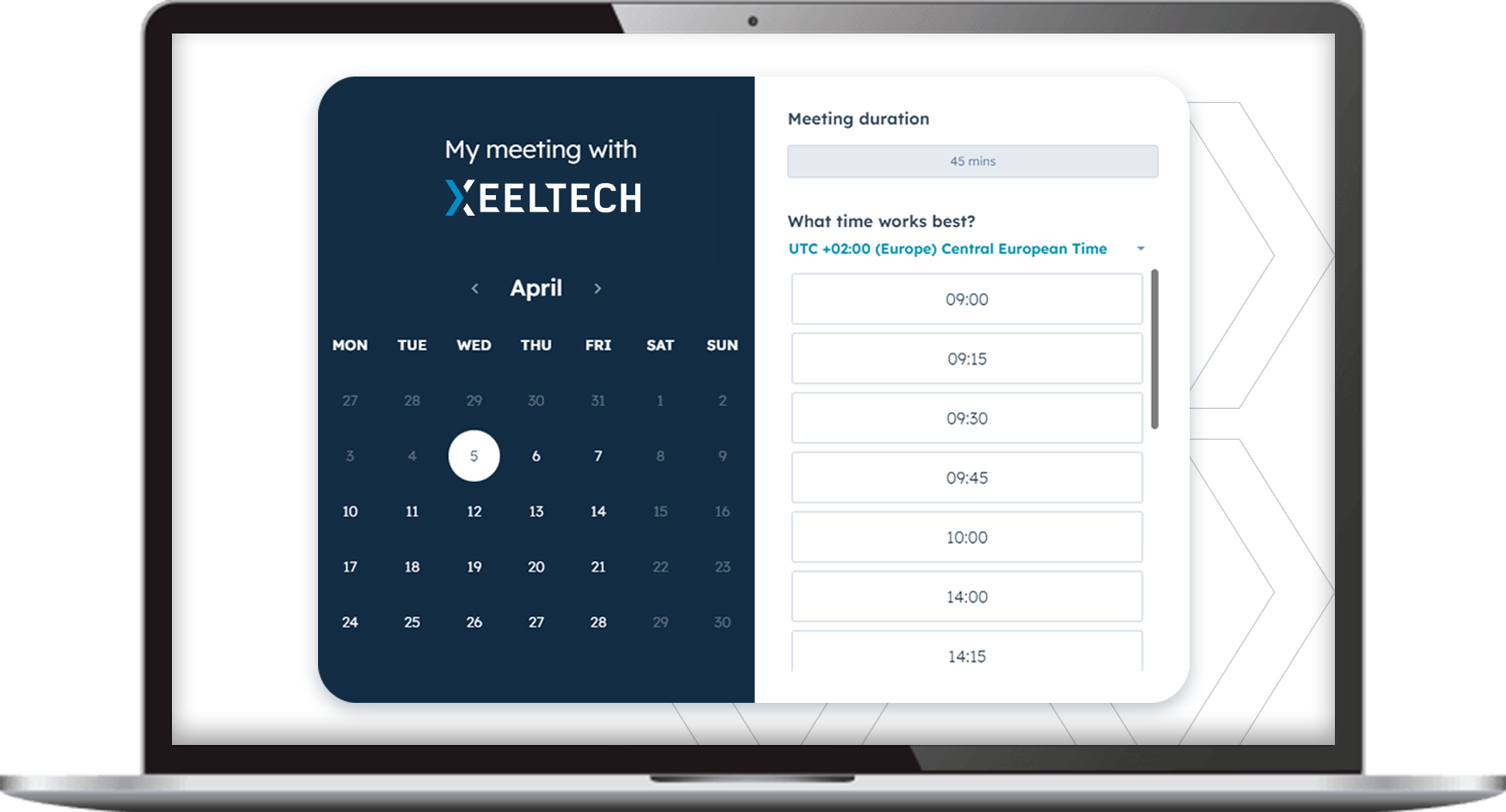Our thoughts on how to best describe programmable haptic feedback – even though we know you’ll have to feel it yourself in the end anyway.
One question we’ve been asking ourselves for years, if not since we even started pitching our HAPTICORE products, is: What is the best way to talk about a technology whose fundamental added value is to make you feel something? It doesn’t sound that hard. I mean, it just feels like… well, like what, actually?!
So how can we talk about haptics in a way that we all understand the same thing? And what is the difference between force feedback, haptic, tactile, and kinesthetic feedback? In this post, we’ll try to shed some light on why haptics is so hard to describe, our thoughts about the topic, and why the industry is trying to quantify haptics.
You guys keep changing terminology! Can’t you just call it haptic feedback?
First of all, of course, there is the term “haptics”, whose definition by Oxford Languages as the first result of the Google dictionary already gives an indication of why describing what our sense of touch feels is so difficult.
According to this, haptics is “the perception of objects by touch and proprioception, especially as involved in non-verbal communication.”
As this definition refers primarily to the process of the recognition of objects, it is close to the origin of the word, which is found in the Ancient Greek term ἁπτικός or haptikós. Literally, this can be translated as “able to come into contact with”. Even though the term already found its way into the English language at the end of the 19th century (more on this here), today we also use it in a general technological context:
In this technological context, haptics refers to imitated or mimicked sensations of real-world interactions. Therefore, as haptics providers, we are pursuing the goal of making the interaction with digital devices and virtual worlds as natural or intuitive – in terms of human-machine interactions – and as realistic, or immersive as possible when it comes to gaming, entertainment, and simulations.
Okay, and what is the difference between haptic and tactile or kinesthetic feedback?
Searching for a simple distinction, especially between haptics and tactile, isn’t as easy as it might seem. This is certainly due to the fact that “tactile” is rooted much deeper in the English language. The term finds its origin in the Latin term “tangere” (to touch) and was adopted in the early 17th century from the Latin adjective “tactilis” (“tactile”), possibly via the French “tactile” (More on this here).
While some sources describe haptics as describing active perception, and tactile sensations being perceived passively, others use the terms more or less equivalently.
Hannes Tappeiner provides a vivid comparison on Quora, which we could not have formulated better:
For the haptic feedback of our HAPTICORE rotary actuators, this means as much as: Tactile feedback is what our rotary actuators generate and what you feel, for example, in the form of ticks, barriers, or increased resistance. Kinesthetic feedback, on the other hand, is the feeling you get from the position of your arm, hand, or fingers when operating the input device.
But what about force feedback?
The distinction between force feedback and haptic feedback is primarily a question of perspective since both terms basically describe sensations that address the sense of touch. The term force feedback, however, originates from a much more technical background and is mainly used in the context of control elements for fly-by-wire or steer-by-wire systems.
Therefore, the distinction lies primarily in the strength of the feedback. While haptic feedback describes rather subtle stimuli in handheld devices & wearables (e.g. in smartphones, smartwatches, controllers, or touch screens), the term force feedback is used for steering systems and simulators. But where exactly is the line between haptic and force feedback?
Example: Gaming controllers
Gaming controllers with eccentric rotating mass (ERM) vibration motors, generating rough, undefined vibrations (rumble feature) are more often referred to as force feedback. Controllers in the same format, but equipped with linear resonant actuators (LRA) or voice coil actuators, on the other hand, tend to fall into the category of haptic or (vibro)tactile feedback. A popular example: The adaptive triggers of the DualSense controller of the PlayStation 5. Interested in learning more about haptics in gaming? Click here for our interesting article on the topic.
Example: Steering wheels
If you search Google for “haptic steering wheel” followed by “force feedback steering wheel”, you will likely find results with two different perspectives.
At the time we wrote this article, the first recommendations we received for force feedback were purchase options for racing steering wheels from Fanatec, Thrustmaster, or Logitech. The videos and articles below consistently described force feedback wheels as being about the steering wheel itself simulating or recreating the sensations you feel when you are driving, whether in steer-by-wire solutions in actual vehicles or as a controller for games and simulators.
OC Racing demonstrates in the following video how force feedback steering wheels feel and what added value they offer in terms of immersion.
The search term “haptic feedback steering wheel”, on the other hand, will primarily provide results that describe how intricate tactile sensations can provide additional guidance during driving. So, the focus here is on adding another layer of subtle impulses providing a safer and more intuitive operation.
Why the definition of haptic feedback and those other terms only help us to a limited extent
So far so good. Now we have a rough classification of the different terms. But unfortunately, this doesn’t really help us when we try to describe the haptic sensations we feel when we interact with products and HMIs.
Even though you can now make a general distinction between force feedback and haptic feedback, this still says nothing about what a particular haptic technology offers you. And this is where the real problem begins – why we, and almost every other haptic technology supplier, in gaming, smart devices, automotive, and so on, struggle to name what you will feel.
What you will actually experience in the end is extremely subjective. What feels good or bad to you, high-quality or cheap, natural or artificial, depends not only on your personal taste but on a variety of influencing factors, not least geographical preferences, which can be completely different.
Because haptics is not just impulses, stimuli, or vibrations that everyone perceives in the same way. Haptics, like other sensory perceptions, is complex and comparable to the sensing of smells, colors, tastes, and aromas. But this also means that we need to describe haptic feedback as vividly as possible. Just as we can argue about whether turquoise is rather blue or rather green, or whether a citrus-scented cleaner smells pleasantly fruity or terribly artificial or chemical, we have to get creative when trying to describe haptic experiences.
This may still seem easy for surfaces. When we talk about a metallic, bent, slightly rough, almost matte finish, you can probably well imagine what this would feel like. But when we speak of haptic actuators that produce certain sensations, perhaps what we call “mechanical” haptic feedback you might call “natural”. When we talk about “ticks” you can feel when you turn a rotary switch, you might say “steps” or “clicks”. And since every single haptic sensation is freely programmable, we often lack reference points that allow us to talk about the same.
However, not only with regard to communication but especially when it comes to the product integration of haptics components, it is important to create a uniform basis of understanding. For this reason, the Haptics Industry Forum in particular addresses the topic of standards for the haptics industry. You can learn more about the Haptics Industry Forum here.
Conclusion
The term haptics is full of meaning and yet tells us very little. With this somewhat informal article, we hope to have given you a first insight into this exciting world. Whether it’s force feedback, haptic feedback, or tactile feedback – the various technologies that have evolved over the past decades and all the innovations that still await us in the future offer tremendous potential for more intuition and immersion in human-machine interactions. However, the decisive factor for the successful integration of haptics in upcoming products will be the vivid exchange of experiences and the creation of a common basis for the joint development of haptic feedback.
So, in the end, one statement remains: You have to experience haptics firsthand to really understand what they are capable of.
Want to get your hand on our HAPTICORE technology:
Schedule a free demo or visit our Eval Kit Shop to find out more about the easiest way to not only test our rotary haptic actuators but also integrate them into your prototype.
Do you have any questions? Get in touch with us. Our team will be happy to advise you.
You may also like…
Try out HAPTICORE
Get your Xperience Kit today
You want to experience HAPTICORE for yourself?
Order your HAPTICORE Xperience Kit today, test our adaptive haptic feedback, and become part of the #hapticrevolution.
Schedule a Free HAPTICORE Demo
Experience programmable haptic feedback
Learn how our technology works
Discover optimization potential for your HMI
Find the right HAPTICORE product for your application
You don’t want to wait? Check out our instant video tour and learn more about HAPTICORE.





 © Killian Cartignies
© Killian Cartignies
Who invented the rotary knob
/in Blog, Haptics Wiki/by Daniel PanekHaptics in HMIs
/in Blog, Haptics Wiki/by Daniel PanekLearn more about how integrating haptics into your next HMI makes operating your devices simple, safe, and intuitive.
Describing haptic feedback
/in Blog, Haptics Wiki/by Daniel PanekLet’s talk about what you feel – well not on an emotional level… Let’s talk about why it is so hard to describe haptic feedback.